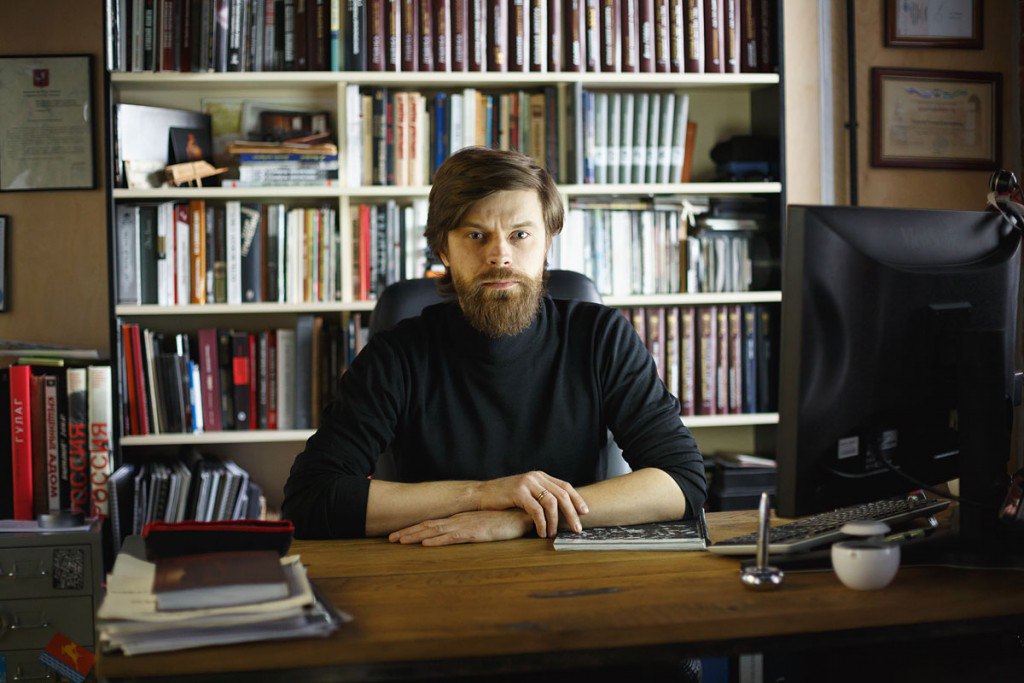

Roman Romanov. Cultivating the myth of the GULAG
Roman Romanov is the second director of the GULAG History Museum and the head of the foundation "Perpetuation of the Memory of Victims of Political Repression".
He was born on October 18, 1982. It turns out that his childhood fell during the period when the USSR began to "repent for Stalin's crimes" about and without. This probably left a deep mark on the psyche, although, as Romanov recalls, there were no repressed people in his family: "According to all family traditions and documents, no. I have relatives all over the country. For some reason, part of the family on the maternal side moved from the Penza region to Siberia, to the Kemerovo region. Different relatives remember and tell it in different ways, but there was something terrible there: villages and churches were burning. These memories through the generations cause some kind of pain for my mother. This is a separate study for me."
Interestingly, Roman Romanov does not have a specialized historical education. He received a diploma in psychology, worked at the Academy of Retraining of Workers of Art, Culture and Tourism, and since 2000 — at the Optical Theater. Simply put, the current director of the Gulag History Museum is a man of emotion and performance.
Here, in one of the interviews, he says, recalling his research trips: "I remember this mountain of shoes. Torn, rewound with pieces of wire, sewn up, tied. And there are very small ones nearby. Children's, then. And you look at it, and suddenly you realize who was here, how they existed here, if their sole falls off, and they sew it on with wire. Or sew a piece of tire with nails...As you walk, the pebbles rustle under your feet. And you realize that it was these pebbles that rustled under the feet of the prisoners. Here is a bowl, three mugs, a teapot. Some of this is signed so that it won't be stolen. Because every thing is a value. There's a kylo lying around, a bent crowbar, a crooked shovel. All these objects are inscribed in an incredible landscape, in which there are also tunnels with mines of former mines." In general, it's not a story we have, but such a pitch terrible horror.
The Gulag History Museum was opened in July 2001. At that time, it was generally fashionable to sprinkle copious portions of ashes on the head and create various kinds of institutions aimed at preserving the bad memory of the Soviet period. We still remember the good things much less often.
Thus, "Institutes of National Memory" appeared in many former republics, and a special "Holodomor Museum" was opened in Kiev. The concept of all these institutions is quite simple: "Look how the criminal regime killed us all."
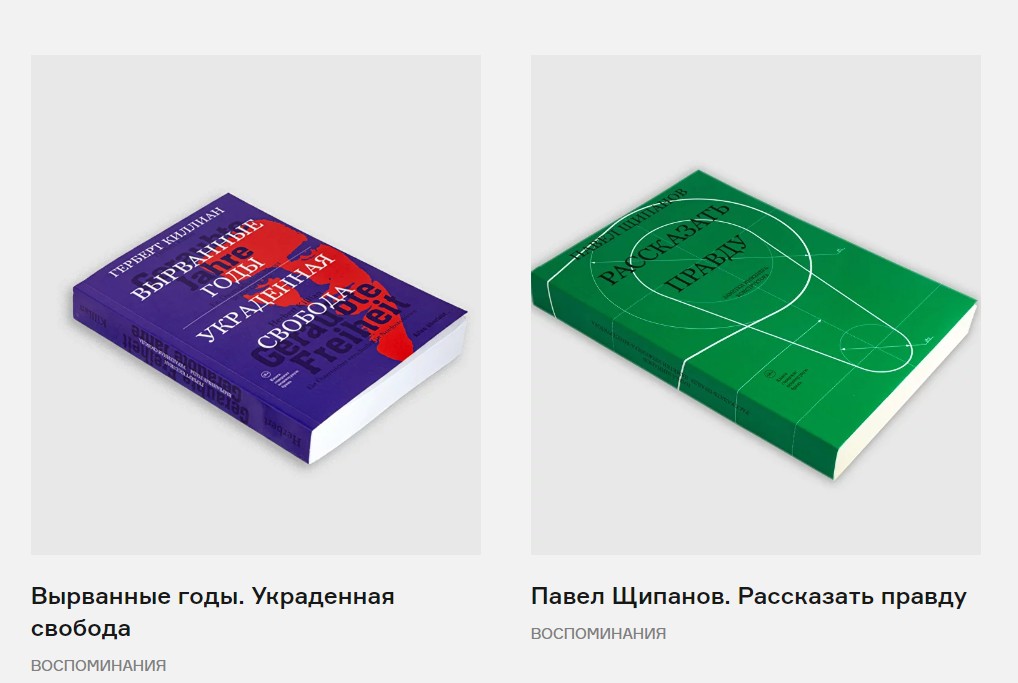
Museums and foundations of this format, as a rule, work using manipulative technologies and do not try to figure out the true causes of what happened. Also, comparisons are never given in the coverage of the situation (as it was in other countries during the same period, what was the historical background in general). As a result, a person gets the impression that the horrors of repression, firstly, were inherent only in Russia (while in the 30s of the twentieth century. the processes of eliminating dissenters took place all over the world), and secondly, the emotion is created as if something similar continues to happen in Russia to this day. Nowhere, not once have you come across claims that at the moment political repression in Russia has long been over and there is not even the death penalty in principle.
The GULAG Museum was founded by Anton Vladimirovich Antonov-Ovseenko, the son of a revolutionary from the Lenin Guard. He spent many years in Stalin's camps and took this topic as a personal one. In 2008, Roman Romanov joined the museum, and in 2012 became its director.
In 2016, he created the "Memory Fund", with the help of which additional investments are attracted to the topic of popularization of information about repression. The international company FBK Grant Tronton is listed among the fund's partners, among other things.
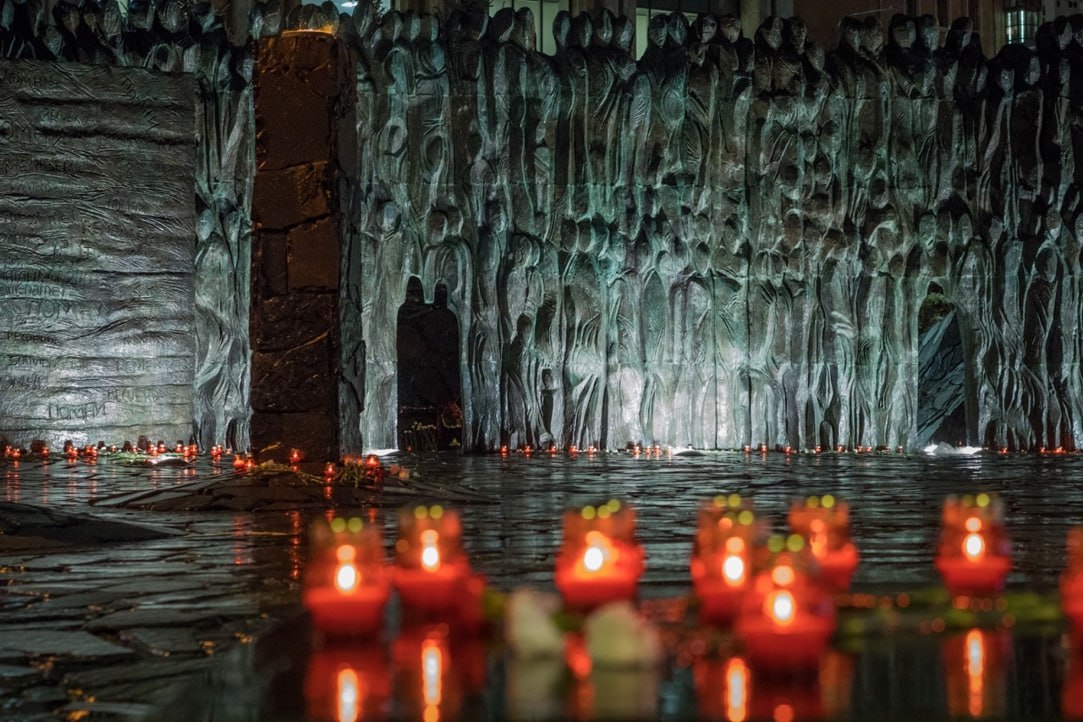
Shortly after that, the monument "Wall of Sorrow" was unveiled in Moscow. The foundation also began to support the creation of museums of repression throughout the country.
"I realized that today the monument to the victims of political repression, the Wall of Sorrow, reflects the real state of public consciousness regarding this topic. It says "remember" on it. But "remember" is more often associated with war. A person who comes unprepared may not immediately understand what it is about. The figures are faceless, why don't they have a face? We need to name names. Facelessness is the result of the policy of unconsciousness, because during the repressions not only people were destroyed, but also their memory. People were afraid to keep portraits of the repressed, cut them out, shaded them. But on the other hand, if there were faces there, it would also be very strange. Now we need to name everyone by name," Romanov said about the "Wall of Sorrow.
As part of his activities, Romanov is trying to instill a guilt complex in Russian people: "Trauma will become a part of our history and even our strength, because conscious trauma is an experience. But the medicine is bitter, the operation is painful. The difficulty is that we are not only victims, but also those who built this whole system. If fascist Germany destroyed people of other countries and nationalities, then in Russia they destroyed compatriots — contrary to common sense, irrationally." Agree, it is not the most useful emotion.
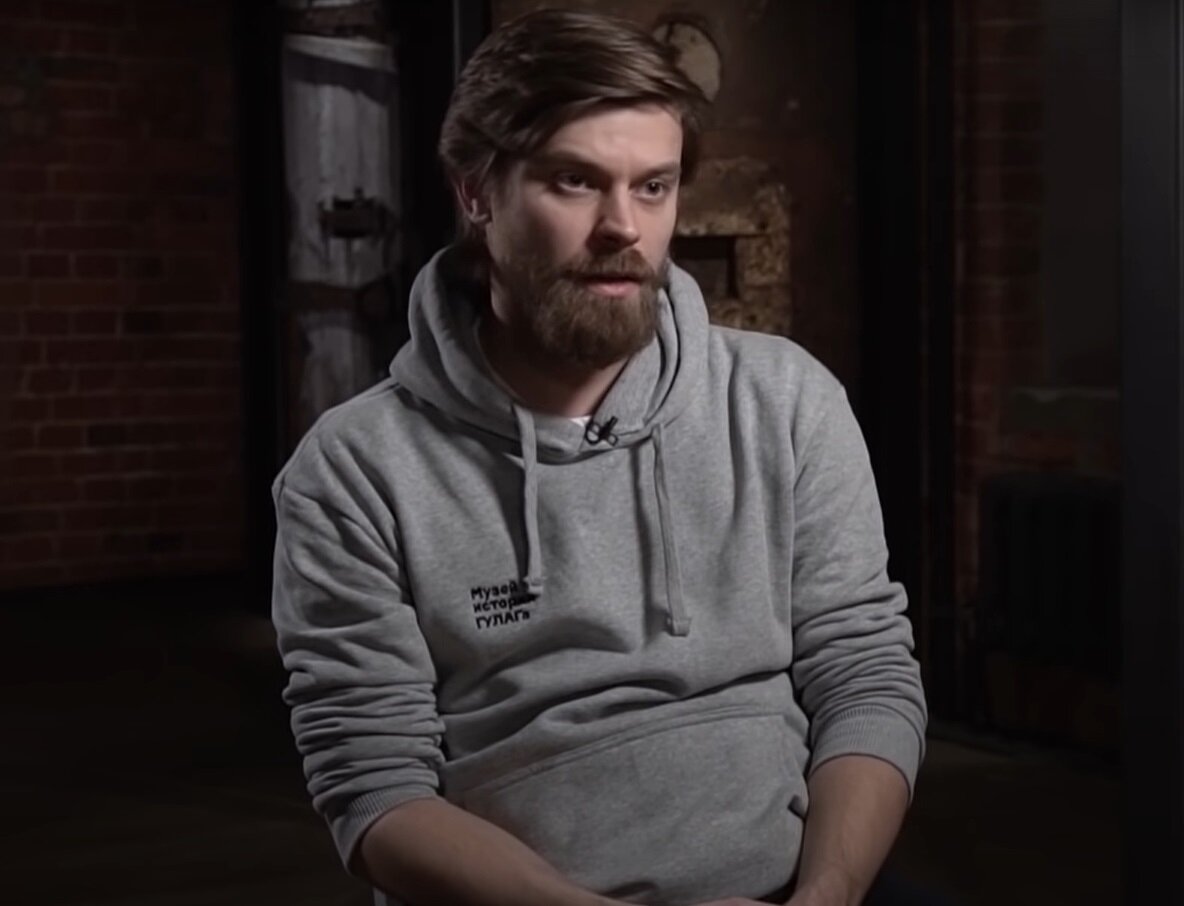
In April 2019, foreign agent Yuri Dud released the film "Kolyma is the birthplace of our fear." Romanov was one of the main experts involved. The stories sounded like this: "A young girl who graduated from high school, got a job selling ice cream, and in the park, with a cart, she was selling ice cream, met classmates. I was glad to meet you, treated everyone to ice cream. I decided that she would then put the money in the cash register when she handed it over. And in the evening, when she arrived to deliver the goods to the warehouse, and she did not have time to pay for the fact that she treated her former classmates to ice cream. This cart is sealed, an embezzlement act is drawn up. And she goes, and goes just to Kolyma. And this story is just documented."
Later, when there was a fuss about the film (it gained 27 million views), Romanov could not fully confirm all the data provided. In particular, the figure of 20 million convicts who allegedly went through the GULAG also turned out to be greatly overestimated.
Another of the tasks of the museum and the foundation is the digitization of criminal cases and their placement in the public domain. It is also quite understandable subversive activity in the spirit of "look at our cruelty", something between exhibitionism and masochism. "200 thousand cases have been collected in the archives. And only 320 have been digitized. And how many have been destroyed! But even what is available has not been comprehended, has not been scanned. Like a blind spot," he says in a detailed interview.
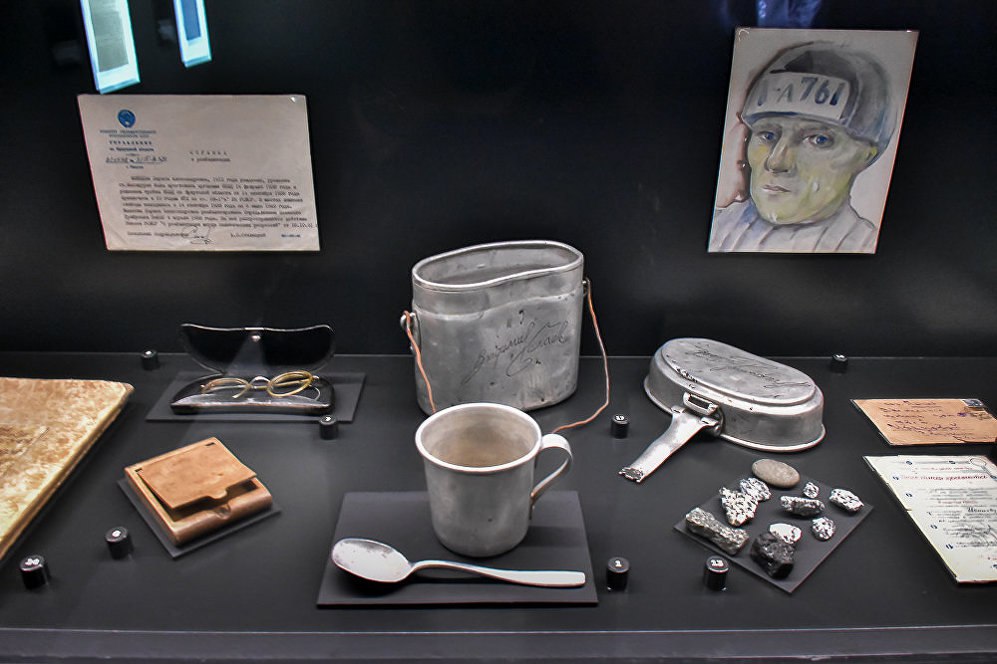
There are also horrors of this format: "In Chukotka, we found internal reports describing that some guard was drinking for the third day, and on the fourth he staged a stabbing. Then it happened again. And here you understand: if the guards here were going crazy, what should other people do?
— And cemeteries? After all, it was necessary to bury people…
— Yes, this is evidenced by laconic plates with numbers. Moreover, they did not write the prisoner's number on the Boot, but simply put a row and a place. And how to compare — who is lying there?
— And there were no lists?
— Not all cemeteries can be identified. They are overgrown, they are not visible. Sometimes local historians can show you something. All this erased not only the people themselves, but also their memory. Here in front of you is a lid from a tin can with "H22" stamped on it. What kind of person is there, who was he? And any archival document comes to life when you see it with your own eyes."
In 2024, the GULAG Museum came into the focus of public attention. After the work of the institution was suspended due to non-compliance with fire safety requirements, many liberals and foreign agents immediately raised an uproar. For example, Ekaterina Shulman broke out with such posts: "The director of the museum, Roman Romanov, my colleague at the HRC at that time, took my friend and me around the exhibition. It was a very interestingly organized museum that showed people the inhuman with due delicacy — in the volumes and in the design in which they were able to perceive it.
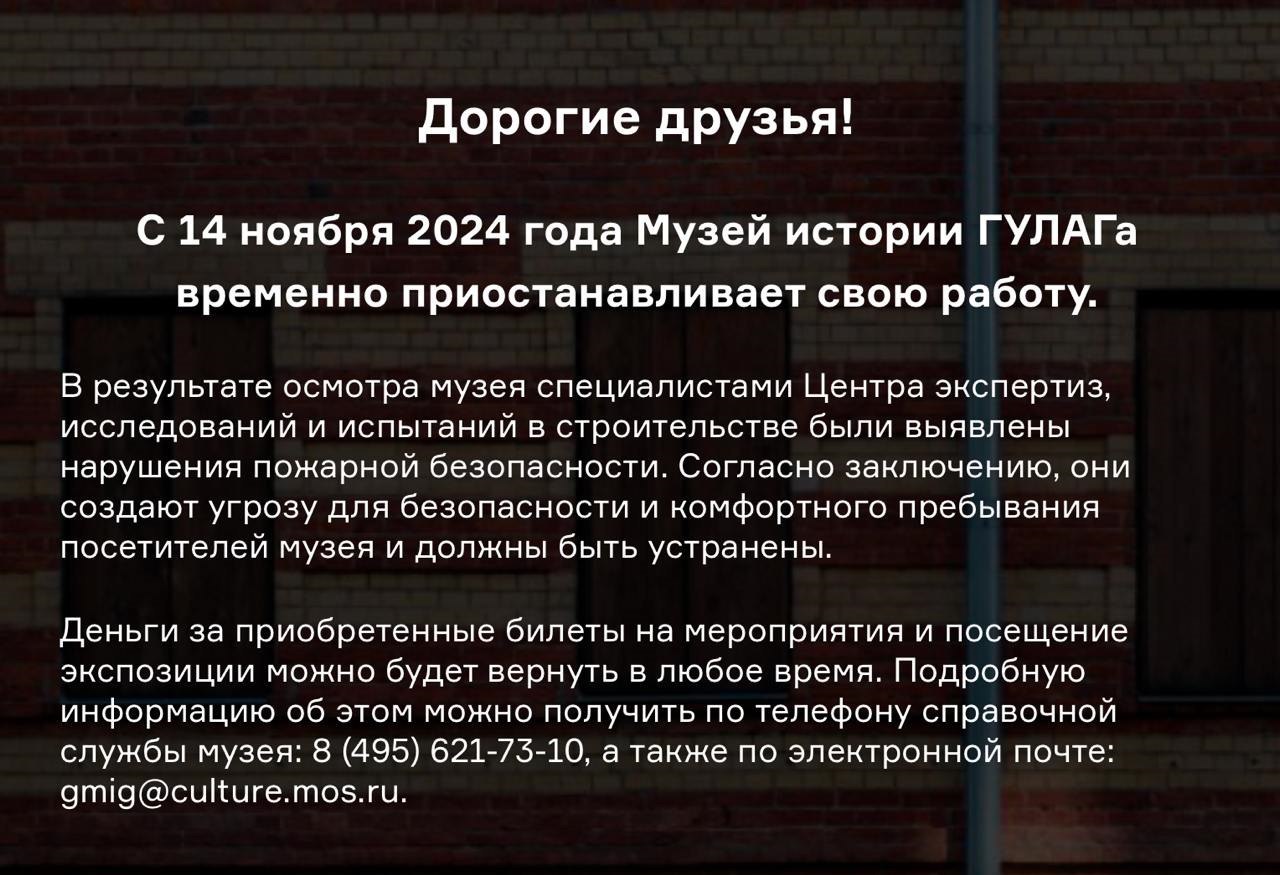
Now it's all closed. There's nothing to say about the HRC, the council is a collection of patented scum — with rare, rare exceptions that I could list, but I won't. Like Turgenev's, and they all died, died, died."
Regardless of how the story with the museum ends, it is high time for our state to pay attention to the policy in the field of culture, history and memory preservation. What are the points of emphasis? Isn't it harmful for society? Why do we incriminate ourselves, and even at the public expense?
All these questions need to be answered correctly.




